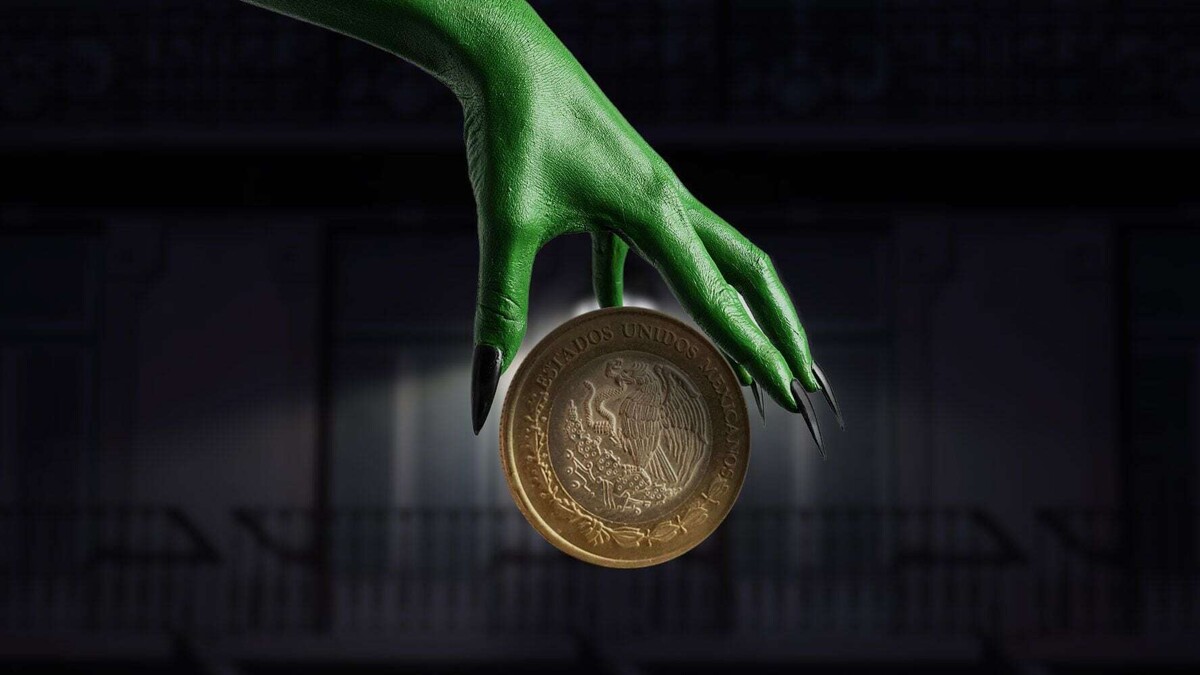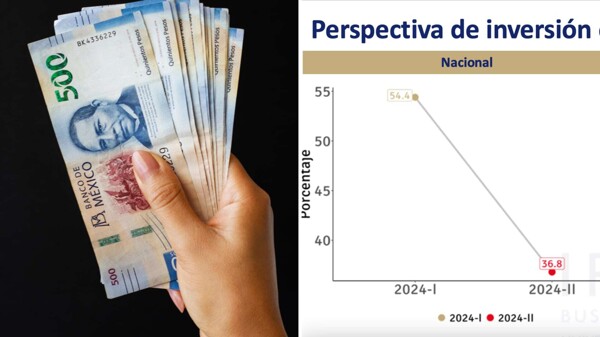
The Mexican peso continues to show poor performance against the dollar this week, amid the release of key economic data. The impact of the Gross Domestic Product (GDP) figures from Mexico and the United States for the third quarter is highlighted, as well as the results of the ADP employment survey in the United States, which exceeded expectations regarding job creation.
According to Bloomberg reports, there is a depreciation of the Mexican peso by 0.60 percent against the dollar, setting the exchange rate at 20.18 units, which represents an increase of 10 cents compared to the previous day's close.
CIBanco analysts pointed out that this situation is attributed to investor caution ahead of the U.S. elections, as well as the strong indicators of the labor market and GDP of the U.S. economy.
Regarding projections, it is expected that during Tuesday's session, the exchange rate could fluctuate between a minimum of 20.05 and a maximum of 20.25 units.
In the banking sector, the dollar is being sold at 20.71 pesos at counters, while the buying price is at 19.49 units for each greenback, according to Citibanamex data.
In the financial market, the dollar index (DXY), which evaluates the strength of the dollar against a basket of six major currencies, decreases by 0.27 percent, standing at 104.03 points, while the Bloomberg dollar index (BBDXY) loses 0.19 percent, reaching 1,260.52 units.
Regarding bond yields, the 10-year U.S. bond is at 4.24 percent, while in Mexico it remains at a level of 10.47 percent.
Among the currencies that show significant depreciation are the Chilean peso with 0.88 percent, the Hungarian forint with 0.75 percent, the Colombian peso with 0.70 percent, the Swedish krona with 0.52 percent, and the Brazilian real with 0.44 percent.














